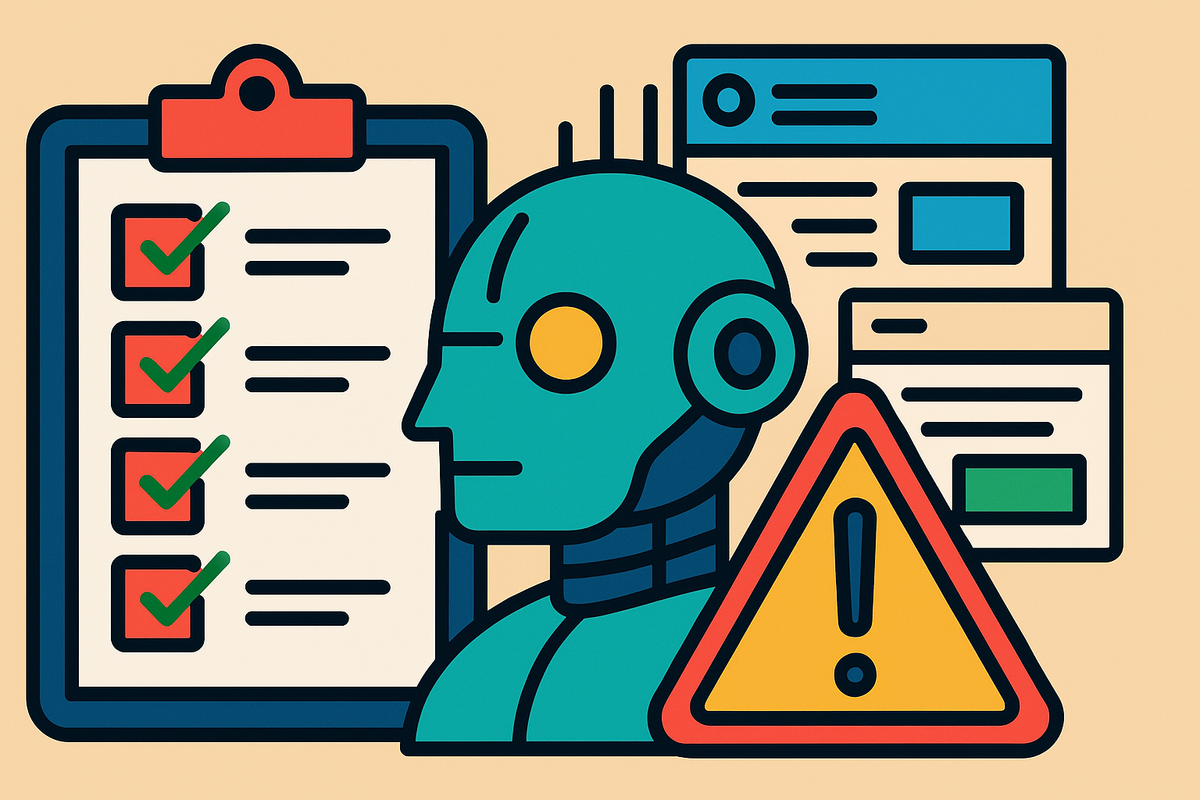AI Incident Response for Legal Teams

Legal services rely on trust. Clients expect their matters to be handled with precision and care, supported by processes that minimise the risk of error. That expectation does not diminish when generative AI is introduced. In fact, it becomes more important.
In cybersecurity, incident response is a given. Firms have clear protocols for containing breaches, preserving evidence, and restoring normal operations. Legal AI deserves the same level of discipline.
When a partner receives a liability clause that never existed in the source material, or when a disclosure review fails to redact commercially sensitive information, the consequences are immediate. They can damage client relationships, breach regulatory requirements, and create significant financial exposure.
These incidents are not theoretical. They are a known risk in legal AI workflows. The challenge is that errors often present as credible work, making them harder to detect and more difficult to contain. In high-trust and regulated environments, having an incident plan is not an optional safeguard. It is a professional obligation.
Define the scale of an incident before it happens
In the absence of a shared definition, the first minutes of an incident are often wasted debating its importance. Clear classification ensures a consistent response across the firm.
A three-level framework works well:
- Level 1: Incorrect output identified and contained before leaving the firm.
- Level 2: Incorrect output shared externally but without material harm.
- Level 3: Incorrect output that results in client, regulatory, or financial damage.
This classification should be built into training so that every lawyer, paralegal, and support professional can make the right call without hesitation. The categorisation determines urgency, the size of the response team, and the scope of investigation.
Trigger escalation and contain the damage
Once an incident is identified, containment must be the first action. A flawed output can be replicated into board reports, client updates, or filings in a matter of hours. If distribution is not stopped quickly, the clean-up becomes far more complex.
Escalation should be automatic for Level 2 and Level 3 cases. The technical lead, supervising lawyer, and client relationship manager should be involved from the outset to ensure both legal and technical context are considered.
Containment measures might include locking the relevant files, disabling access to workspaces, or removing the content from shared platforms. Where possible, re-run the same task on a secondary model or process to determine whether the fault is isolated or systemic. This distinction is critical when deciding whether other matters may be at risk.
Maintain an AI incident log
Investigations can only succeed if the relevant data is available. In AI incidents, the log is equivalent to a flight data recorder. Without it, analysis relies on guesswork.
An effective incident log should capture:
- The full prompt and any embedded system instructions.
- Model name, version, and configuration, including reasoning settings if used.
- Retrieval sources and document identifiers.
- The exact, unedited output as delivered.
This record should be stored securely and accessed only by authorised personnel. Retention should align with regulatory and client requirements, allowing the firm to evidence what occurred and how it was addressed.
Train for subtle failure modes
Many legal professionals will notice an obvious drafting error. AI failures are often less direct. A citation may look correct but point to the wrong source or a summary might omit a clause that changes the meaning of the advice. The reasoning could sidestep a material issue without drawing attention to it.
Detection improves when review processes account for these patterns. This means verifying each citation against the original source, checking that retrieved clauses appear in their correct context, and comparing outputs with established facts or earlier work in the same matter. These steps can be integrated into existing review checklists without slowing down delivery.
Readiness Checklist
Questions to ask before you deploy any legal AI tool
1. Incident visibility
- How does the system record every prompt, output, and source used?
- Can those records be exported in a format suitable for investigation?
2. Severity response
- Does it support defined severity levels and escalation workflows?
- Will it commit to reporting any high-severity incidents that occur on their infrastructure?
3. Containment capability
- Can the tool immediately revoke or disable access to faulty outputs?
- Is there a way to isolate affected work without shutting down the entire platform?
4. Repeatability testing
- Can a task be re-run in exactly the same configuration to confirm if an error is systemic?
- Are model versions and settings locked to the output so they can be replicated later?
5. Training for failure detection
- Does the builder offer guidance or training on recognising AI-specific errors?
- Can they adapt review workflows to your firm’s risk profile?
In high-trust legal work, AI errors have consequences that go beyond the immediate task. A structured incident plan, supported by clear severity definitions, automatic escalation, robust logging, and targeted training, ensures that the firm responds quickly and with control.
Clients expect that their matters will be handled to the highest standard, regardless of the tools used. A documented and practised incident response process is how a firm demonstrates that standard even when the technology fails.